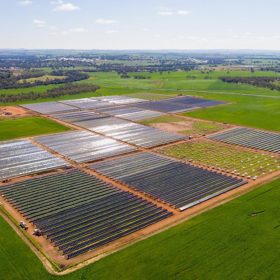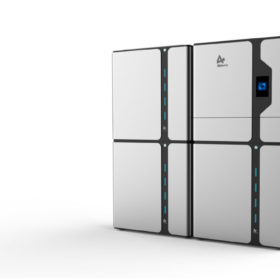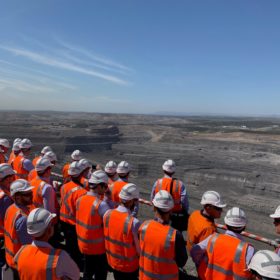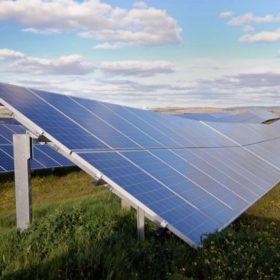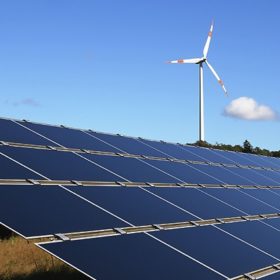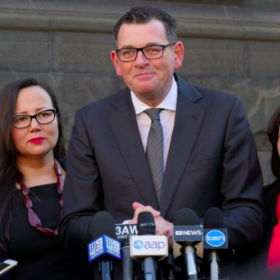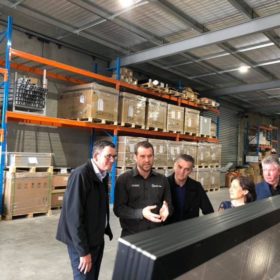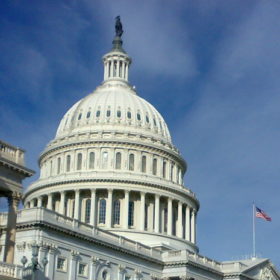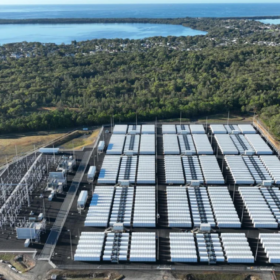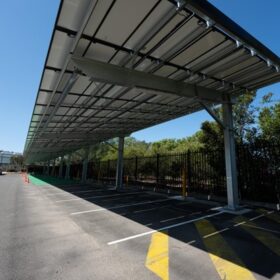IHS revises up outlook for Chinese solar to 40 GW after underestimating demand
Around 34.5 GW of PV was installed in China in the first three quarters – 1.5 GW more than expected by IHS analysts, who have raised their full-year guidance.
Eco Energy World secures financing for two merchant projects
UK-based renewable energy developer Eco Energy World has reached financial close on two Queensland projects – the 20 MW Chinchila Solar Farm and the 34 MW Brigalow Solar Farm. Combined, the projects constitute nearly $70 million in capex.
Alpha ESS joins SA Home Battery Scheme
The China-headquartered battery manufacturer has joined Germany’s sonnen as an exclusive approved battery storage provider for the South Australian Home Battery Scheme. Alpha-ESS plans to set up a manufacturing facility in Adelaide, where it will build more than 8000 batteries a year and create up to 120 jobs.
NSW to upgrade grid for more renewables
The New South Wales government is set to accelerate $2.5 billion worth of transmission projects in order to address grid bottlenecks and unlock low-cost, low-emission generation in new areas of the state. As part of its grid transformation plan, NSW will boost connections with its neighboring states and bring forward the Snowy Hydro scheme.
IEEFA Australia: Thermal coal export sunset looming closer
Coal miner Glencore is failing investors in its latest forecasts.
John Laing achieves financial close on Finley Solar Farm
After taking a 90.1% stake in one of Australia’s largest solar PV projects – the 255 MWp Sunraysia Solar Farm last month, U.K.-based infrastructure investor John Laing has closed its second solar project in Australia – the 174.9 MWp Finley Solar Farm in New South Wales.
AEMO: Record quarter for renewables as large-scale solar floods electricity market
The amount of large-scale solar capacity that commenced generation during the third quarter of 2018 was higher than the NEM’s entire large-scale solar capacity at the start of the year, reports the Australian Energy Market Operator (AEMO). In other news, Western Australia has pass the 1 GW solar milestone, while South Australia has seen record levels of curtailment.
50% VRET by 2030 pledged
Half of Victoria’s energy could come from renewable energy source, as the Labor government has vowed to expand the state’ renewable energy target from 40% in 2025 to 50% in 2030, if re-elected.
Victorian Labor unveils solar renter scheme
Victorian renters could be able to access rooftop solar power in a new scheme for renters unveiled by Labor leader Daniel Andrews and Lily D’Ambrosio. The announcement, made at Gippsland Solar in the LaTrobe Valley today, would provide $82 million in rebates over 10 years, targeting an initial 50,000 homes.
Democrats control the House. Now what?
The new Democratic majority in the House will still need to deal with a Republican Senate and president, and is unlikely to take bold action.

